
Written By Shubham Verma
Published By: Shubham Verma | Published: Jan 16, 2024, 01:46 PM (IST)
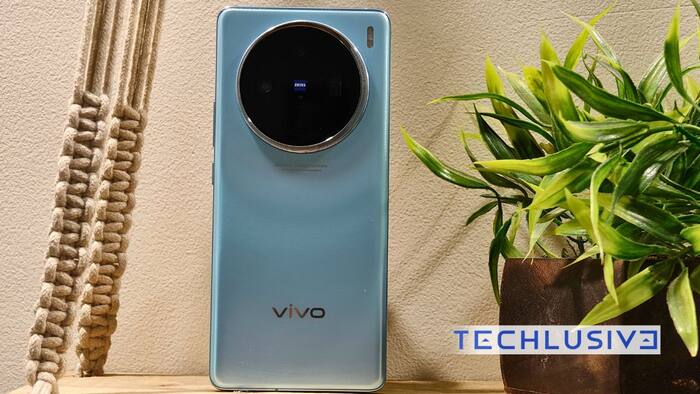
Vivo has been one of the few smartphone brands that never shied away from experimenting with its phones and it has rightly placed huge bets on the unique selling points. With the new X100 series, the stakes are even higher. Vivo has put some of the best mobile photography features that make its flagship phones enticing into an affordable phone called the X100 Pro. The less expensive X100 includes some sensible compromises while still giving you the flagship experience. For someone who has a penchant for photography, the Vivo X100 is one of the best phones to own. Also Read: Top selfie camera phones to buy: Vivo X100 and more
The new Vivo X100 costs a premium, brings the goodness of ZEISS, and a dandy display for its price. It is also the first smartphone with MediaTek’s latest and greatest Dimensity 9300 chip to have arrived in India. The Vivo X100 and X100 Pro were originally launched in China last year and the only difference between the Chinese and Indian units is the software. Those selling in China run OriginOS 4, but elsewhere you get Android 14-based Funtouch OS 14. Is that a big deal? That and whether the X100 is a reasonable buy for the price of Rs 63,999 is what I have answered in this review. Also Read: Vivo X100 honest review: Should you get this phone for the cameras?
Display: 6.78-inch AMOLED display with a resolution of 2800 x 1260 pixels, up to 120Hz screen refresh rate, 3000 nits of peak brightness
Processor: An octa-core 4nm MediaTek Dimensity 9300 with a top clock speed of 3.25GHz
Operating System: Funtouch OS 14 based on Android 14
Storage: Up to 16GB of LPDDR5x RAM, 512GB of UFS 4.0 storage space
Rear camera: 50MP primary rear camera + 50MP ultrawide camera + 64MP telephoto camera with OIS and 3X optical zoom; ZEISS optics and 3D LUT import
Front camera: 32MP ultrawide camera
Battery: 5000mAh with 120W fast charging technology
Connectivity: NFC, Bluetooth 5.3, Wi-Fi 7, 5G, Infrared
Ingress Protection: IP68
Colours: Startrail Blue, Asteroid Black
Price: Rs 63,999
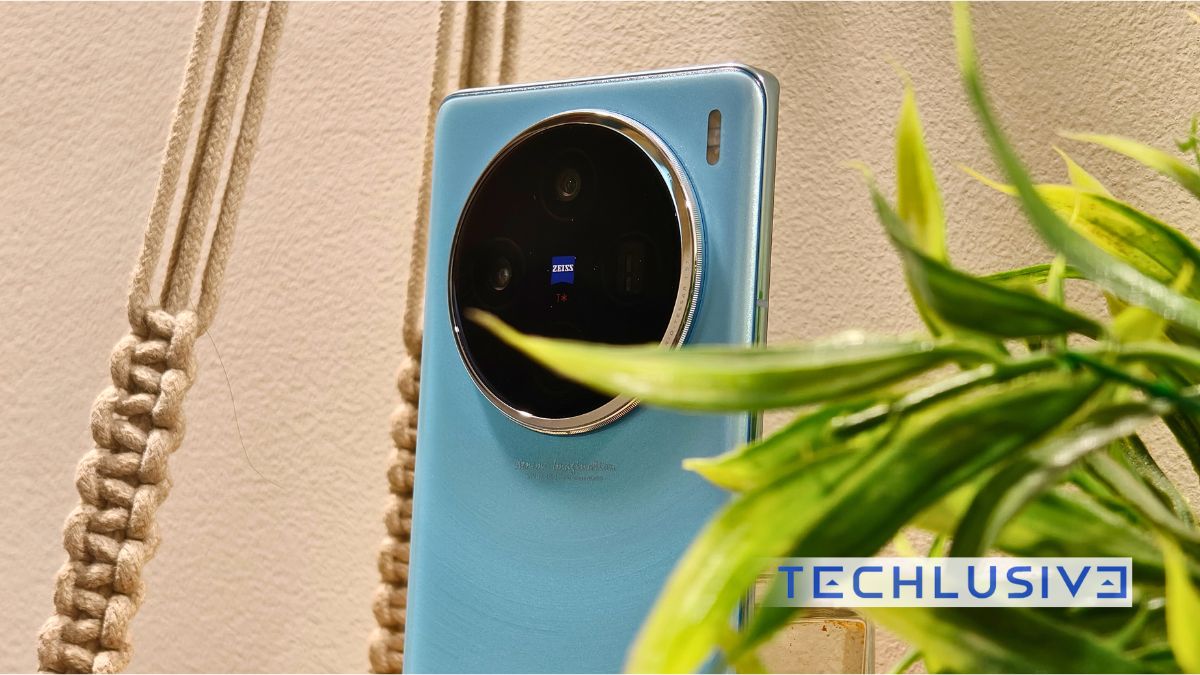
Much like most flagship phones, the Vivo X100 comes in a sombre black colour called Asteroid Black. It is not loud and anyone looking at it will think of it as a premium phone, if not the most expensive out there on the market. It is also very similar to last year’s Vivo X90 except for a few changes in the overall design. While I will address the minor differences in the overall design of the phone in a while, I would like to bring up the other variant of the X100, which is called Startrail Blue.
The name says it all. In a light blue hue, the back panel of the phone introduces a pattern that looks like stars trailing from one end of the horizon to the other in the sky. Since stars are involved here as a reference, I must point out how shiny the phone’s back is. And that makes it a little distasteful for some buyers. If you are someone who likes flaunting a phone’s back panel design either through the risky business of using it without a mobile cover or by using a silicone or transparent case, you might want to like shiny things. I am not a fan of such designs that are a tad gaudy for my taste, but I like the fact that the back does not catch fingerprint smudges.
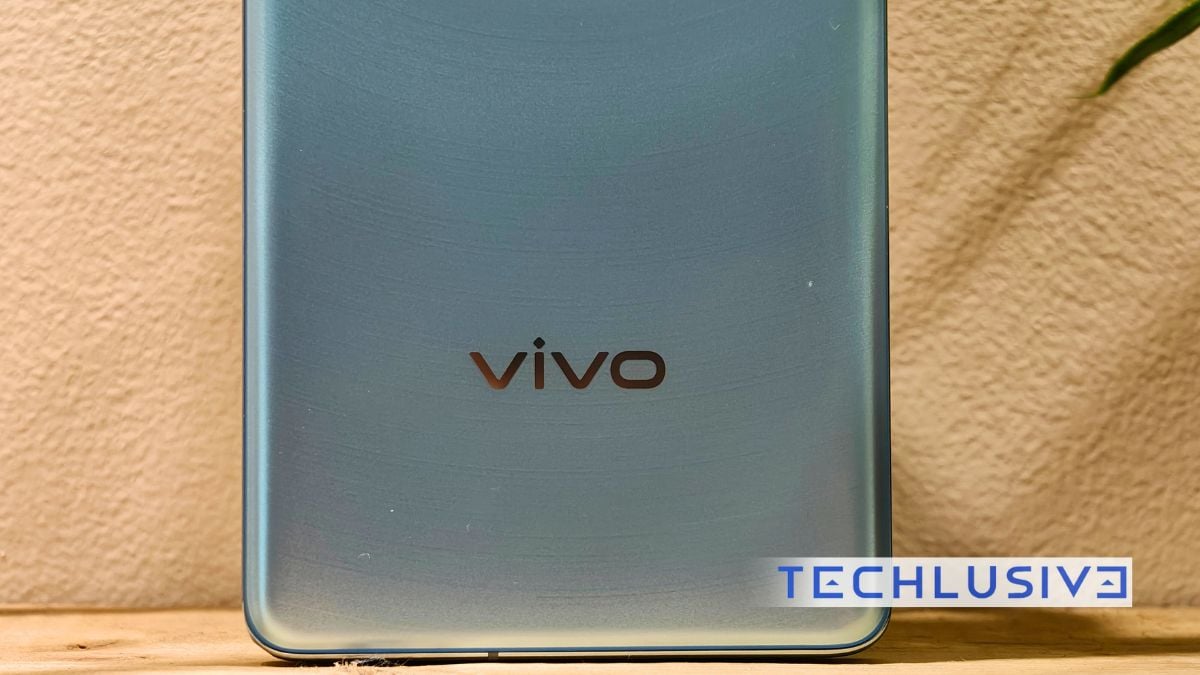
Top all of that with a huge camera module. It is hard to miss because the island covers about one-third of the phone’s back. It is not necessarily a bad thing because its cameras are what might define the Vivo X100. This module is surrounded by a shiny metallic ring with hooves on it so you get the feel of a DSLR lens. I like the attention to detail here.
The glass back of the phone curves into the stainless steel frame. So does the curved display. The display is big enough to watch vertical videos in their full sizes. It is a sharp display that changes how smooth the content on it can look. Whether reading, playing games, or watching movies and videos, I found the display on the Vivo X100 quite sharp, vivid, and bright enough to see outdoors. Unlocking the phone is a breezy affair, thanks to the optical fingerprint sensor. However, I feel Vivo could have used the same sensor to allow measuring heart rate, considering the phone’s price.
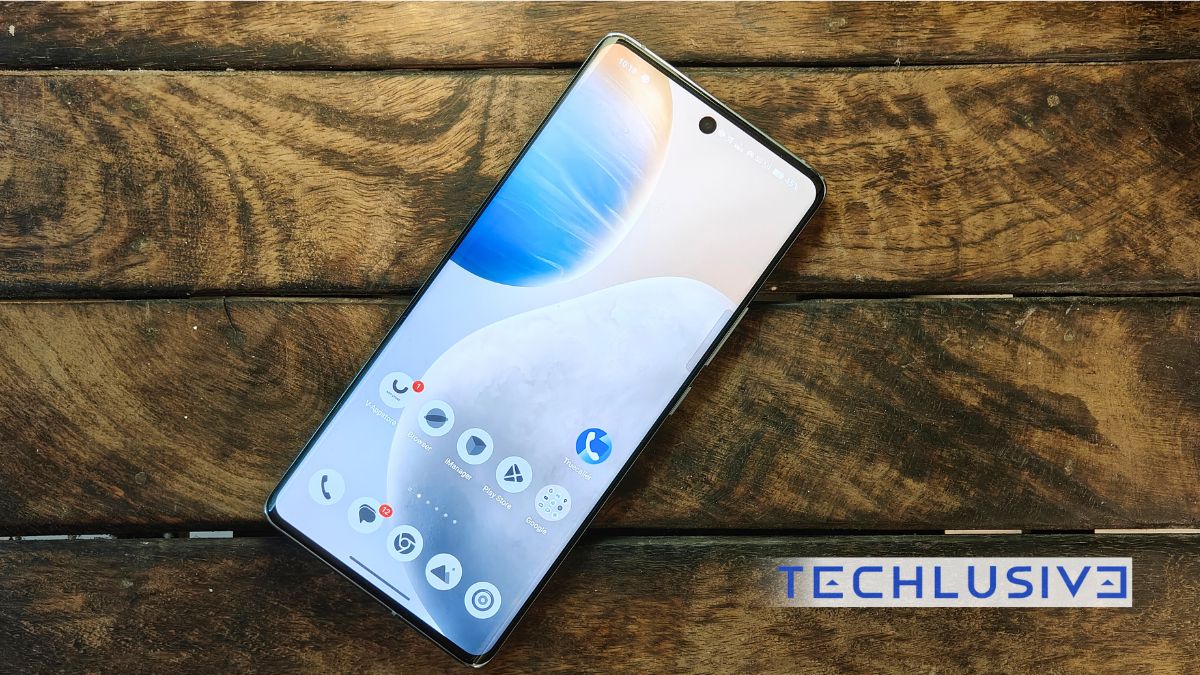
All good but the display was sometimes an annoyance. It lights up every two seconds unnecessarily causing distractions if it is kept next to your work machine with its face up. I am not sure if it is a software glitch or if some accessibility setting is turned on by default, but I could not find a way to turn this off. Nitpicking aside, the screen is scratch-resistant and comes with a protector, so you do not have to be careful all the time. The phone itself is water- and dust-resistant.
While the design and display may not be the best in the business, the cameras on the Vivo X100 surely are — at least in its price category. Vivo’s partnership with ZEISS has culminated in one of the best mobile camera setups on the X100 and that kind of justifies the price you are paying for it. Even if you are a casual photographer or someone who does not know a thing about clicking photos, the phone is your best bet.
The main camera makes it easy to just point and shoot something in the frame. Autofocus is accurate and, more importantly, fast, but that is just the tip of the iceberg. Unlike stationary objects, which are easy to capture, Vivo can easily focus on moving objects or people and click photos like they were taken by a professional camera. Of course, the kind of hardware used on the Vivo X100 falls short of what you find on DSLRs, but AI is what gets the job done.
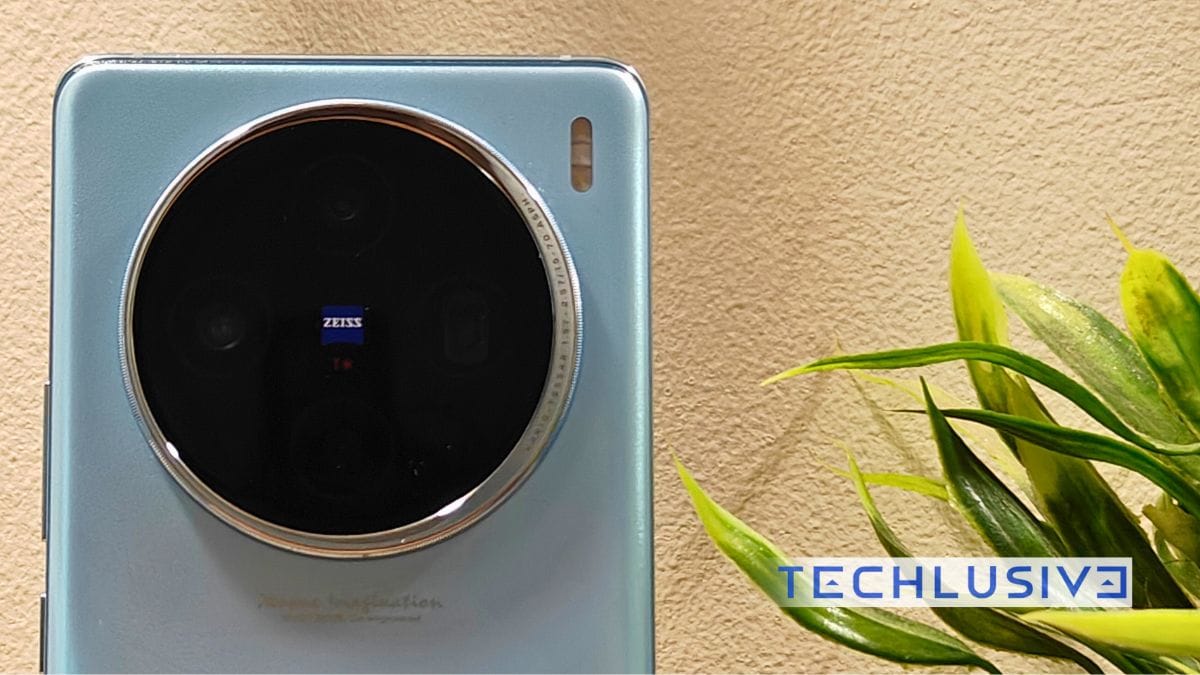
I took the Vivo X100 with me on my short trip to Himachal Pradesh’s Lahaul and Spiti where I left no stone unturned to test the cameras. Whether it was a clear sunny day or a cloudy one, I threw everything at the camera and boy was I impressed by the results. Capturing mountains became my new favourite thing to do because the texture of snow-capped mountains in photos is marvellous. When it was sunny, the camera handled the refraction of light from snow well, resulting in no distortion in photos. There is no visible noise either. On a cloudy day, the camera quickly decides the temperature of the photo to make it as natural as it can be. Of course, there is the option of changing the temperature and overall colour scheme of the photo through filters.
Apart from filters, the camera app — which is super intuitive — offers you three ZEISS modes to give the desired effect to your photos: Vivid, Textured, and Natural. The last one is the best because the colour reproduction is almost accurate, but if you want to give some flair to your photos, you have other options.
The main camera supports zooming up to 3X, which is hybrid so I saw some details washing away from the scene that I was about to capture. But the moment, I reached 3X, the camera app switched to the telephoto lens, which changed the quality of the photo entirely. The images turned sharper and more detailed, thanks to optical zooming capabilities. This helps in clicking clear photos from afar, and even when you are close to an object, the macros are just fantastic. In fact, the camera app has a dedicated macro mode button (called Supermacro) that I had often used to click things like flowers. Heck, I used the macro mode set to 6X to click photos of snowflakes and they turned out to be among my best photos from the trip.

This isn’t a floating lens, unlike the one you find on the Pro model. This means you cannot get stable videos or photos for over 10x zoom levels. But that is not a dealbreaker because the regular stabilisation is good enough to capture photos or videos at up to 10x zoom. If you want to be assured this stabilisation is happening, turn on the option called Shake Reminder from settings and you will start seeing a yellow dot in a circle, which moves according to your phone’s movement. As long as the yellow dot is inside the circle, your photos and, especially, videos will be stable.
The camera app allows you to switch between zoom ranges of 0.6x, 1x, 2x, 3x, and 10x conveniently — since they are clearly labelled on the app — and any number between them. The first one is what clicks ultrawide photos, which look fairly good but lack the number of details you get from the main camera. 1x up to 3x is handled by the main camera, and anything beyond 3x is handled by the telephoto camera. You can zoom up to 100x but you will hardly feel the need to because the image quality at this level is anything but good.
You also get the multi-focal portrait mode on the cameras. Apart from the focal lengths mentioned on the camera app, you can use any focal length within the range to produce the kind of bokeh effect you want. The app offers ZEISS-style portraits such as Biotar, B-Speed, Cinematic, and Distagon, which are essentially different effects when a person is in front of a series of lights. There are also presets with fixed focal lengths and light effects that I mostly used when clicking portraits. Daylight photos are detailed but nighttime shots are not bad either. Photos look good and have plenty of light in them, but sometimes the excess of light in photos clicked at night makes them look unnatural. After all, they are night shots and I do not want them to look like the ones taken during the day. But most photos turn out fine, thanks to the combination of both hardware and software that produce slightly unnatural but appealing colours in photos.

What I am trying to convey here is that you would not need a professional camera if you are a casual photographer but still want to click that million-dollar photo.
Vivo X100 is one of the cheapest flagship phones you can buy right now. So if you are wondering what the company shaved off to bring down the price here, you will not be disappointed to know that these are little compromises. MediaTek’s high-end processor is fast but does not reach the highs of the latest Snapdragon 8 Gen 3 chipset, which is available on other flagship phones such as the OnePlus 12. But that only matters to people who want the best-in-class performance for things like high-end gaming. I liked playing Call of Duty Mobile and Asphalt 9: Legends at high graphics on the phone because there were no lags or frame drops. The phone, however, becomes a little toasty on prolonged gaming. The Vivo X100 can offer high-end gaming, but the lack of a few dedicated gaming features will not impress professional gamers.
Most customers will be happy with how fast the phone is through multitasking and even video editing, which is built into Funtouch OS 14. The software is clear but comes with some pre-installed apps that you can remove. But I would have liked OriginOS 4 on this phone better because that is the company’s marquee OS for phones. Not getting the latest software on a phone at this price may be a turnoff for some customers. Vivo has also promised four years of software updates, which means the phone will be as good as new for at least four years. I had to get used to the software any which way but once I got the hang of it, I liked using Funtouch OS.

Connectivity is excellent on the Vivo X100. I had no issues using Wi-Fi or Bluetooth. 5G speeds on the phone are mostly high with rare network issues in enclosures. Vivo’s X100 has many high-end features and that takes a slight toll on the overall battery life. With typical usage, the battery lasts around 17-18 hours, but it was not a problem most times because the battery charges superfast. You can fully charge the phone from dead in about half an hour. The bundled charger is bulky and you might not find enough space around every power outlet to fit it.
The Vivo X100 not only delivers the best mobile phone photography in its class but also can be an overall package for someone looking to own a flagship phone. Its display is dandy and can make videos look their best. The connectivity on it is excellent, while different colourways can find different takers. Sure, the processor is short of a few levels when you put the Vivo X100 next to a phone like the OnePlus 12, but that is not one of the biggest tradeoffs unless you want a phone for high-end gaming. For people who want a phone that can double as a point-and-shoot camera, this is one of the best in the market. The X100 clicks surreal photos and offers a plethora of controls and options, which professional photographers will love. Those who are not professional photographers will aspire to become one after holding this phone in hand.
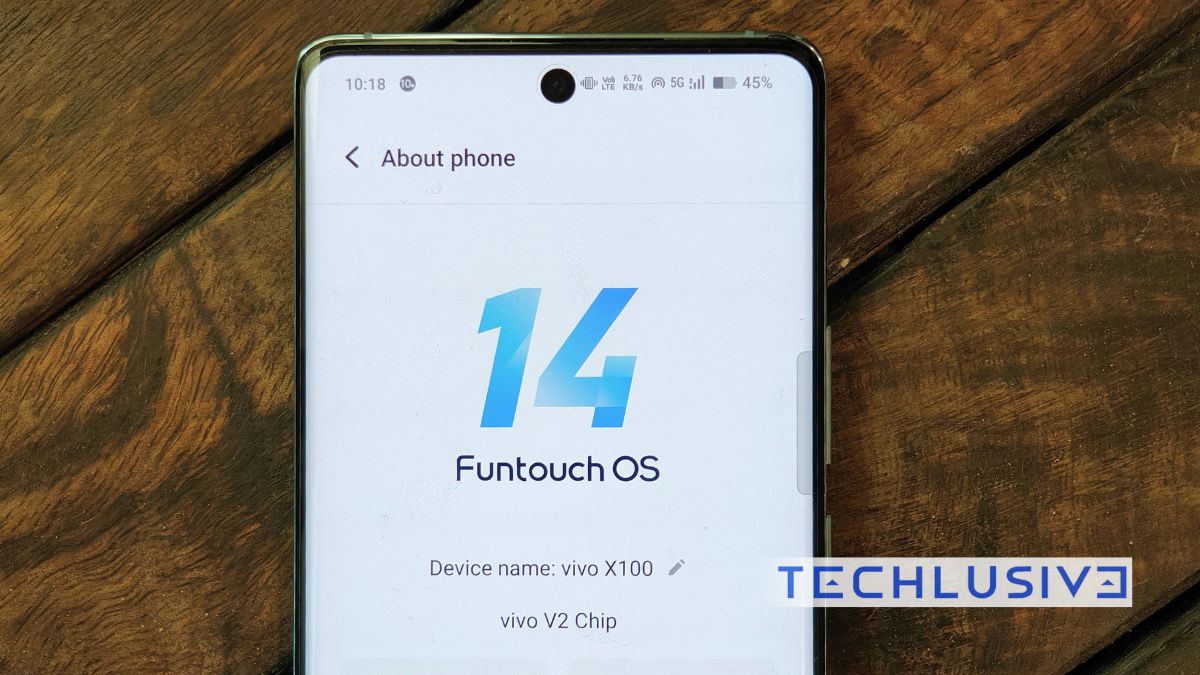
At Rs 63,999, it is cheaper than the base model of the Google Pixel 8, which is a heavyweight in the world of mobile photography. Although, if you use offers on Flipkart, you can get the Pixel 8 for around 65,000 easily. And that makes sense for Android purists. If you are not bothered by the software Vivo ships with its flagship phones, X100 is a good choice. The OnePlus 12 is another alternative but it was not available to buy at the time of writing. The flagship OnePlus phone is launching in India on January 23, which means you can easily wait for it. The OnePlus 12 will likely have a periscope telephoto camera on the back alongside the Snapdragon 8 Gen 3 chipset, which is more powerful than the chipset you get on the Vivo X100.